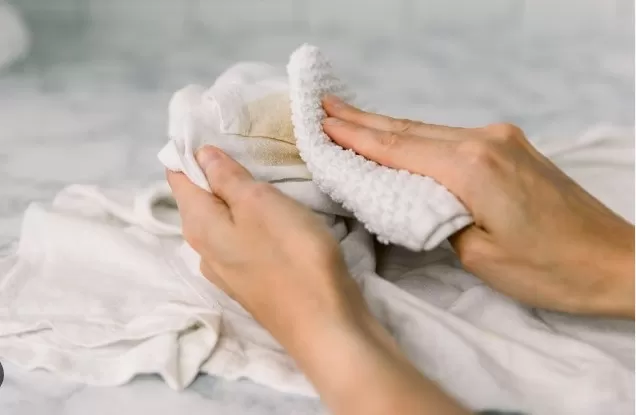Dry cleaning Solvent is a process that uses solvents to clean fabrics that cannot be washed with water or to remove stains that are resistant to water-based cleaners.
Solvents sold for home use on upholstery, carpeting, and fabrics are usually petroleum-based and can come in the form of liquids, sprays, or powders.
It is important to learn how to safely and properly use dry cleaning solvents at home.
Dry cleaning solvents are petroleum-based products that contain chemicals to help dissolve stains and soil without using water. They are used on natural and synthetic fabrics that do not react well to water, such as upholstered furniture or carpets that cannot be easily washed, and to lift oil-based stains from washable fabrics.
Common ingredients in dry cleaning solvents for home use include naptha, hexamethyldisiloxane, difluoroethane, methylal, butoxyethanol, and nonane. While most studies on dry cleaning solvents address their use in professional settings, it is important to exercise caution when using any cleaning product at home.
How Often to Clean Fabrics with Dry Cleaning Solvent

While dry cleaning solvent is highly effective at removing oil-based stains, adhesives, and tar from all types of fabric, it should not be the first choice for stain removal due to its flammability and potential toxicity.
However, it may be the only option for certain types of fabrics, such as silk or some synthetic upholstery fabrics.
Getting Your Work Space Ready: Tips and Tricks

Dry cleaning solvent contains volatile chemicals and should not be used in any area with an open flame, such as around cigarettes, lit candles, wood-burning fireplaces, or gas appliances.
It should also be kept away from heated surfaces, including electric heaters, stovetops, or electric heating pads or blankets. To minimize exposure to fumes, Increase ventilation in the room by opening windows and doors or using a circulating fan.
If doing more than spot cleaning, it is recommended to work outside on a breezy day and wear an N-95 mask for added protection.
Testing Dry Cleaning Solvent: Why and How

Before using dry cleaning solvent on a fabric or carpet, it’s important to test the product on a hidden area to avoid potential damage.
Start by wearing disposable gloves and putting a few drops of liquid solvent or a sprinkle of powdered solvent on a piece of white cotton cloth. Rub the solvent on a hidden area of the fabric (such as along a side seam or under a cushion) or carpet.
Check the cloth for any color transfer and wait a few minutes to see if there is any color change to the fabric or carpet. If there is any transfer or color change, do not use the product, as this type of damage cannot be repaired.
Spot Cleaning with Dry Cleaning Solvent
To apply dry cleaning solvent to a stained area, start by placing a small amount of the solvent on a clean, white cloth.
When cleaning the stain, begin at the outside edge and work towards the center to prevent the stain from spreading. Gently blot the stained area with the solvent, but avoid scrubbing. As the stain is transferred to the cloth, move to a clean area and keep blotting until no more soil is released.
If you’re working on a fabric that requires overall cleaning, such as an upholstered chair, it’s best to work in small sections at a time.
Avoid applying dry cleaning solvent over the entire piece at once, as the fumes can be overwhelming.
How to Rinse and Dry a Treated Area
After cleaning the stained area with the dry cleaning solvent, use a clean and dry cloth to remove as much of the solvent as possible.
Then, dampen another white cloth with plain water and wring it out until it is not dripping. Blot the treated area to remove the remaining traces of the solvent. Let the fabric air-dry completely and use a circulating fan to help speed up the process. Avoid using direct heat from a hairdryer or other appliance to dry the treated area.
If after using dry cleaning solvent, there are still traces of the stain on the fabric, repeat the cleaning process.
For washable fabrics, such as clothes, it is important to wash them after using dry cleaning solvent to remove tough stains like glue, oil-based paint, or tar. Wash them separately from other fabrics and hang them to air-dry.
*The information is for reference only.